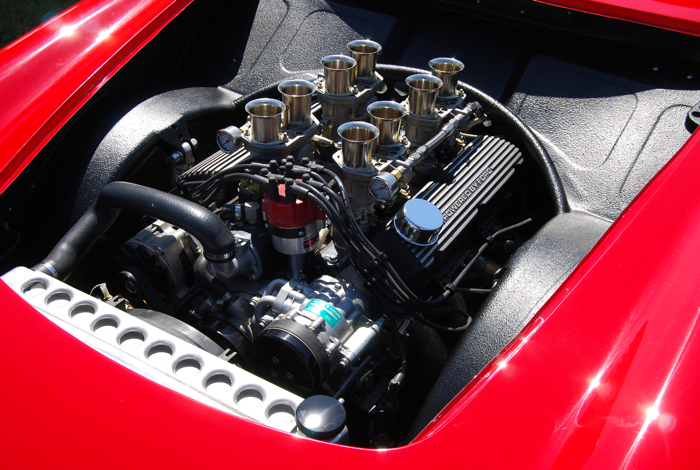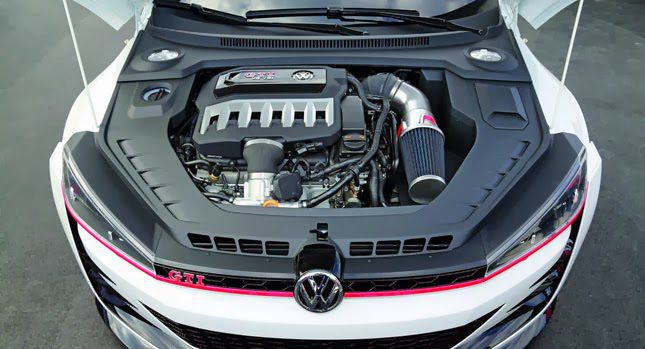Enhancing Your Automobile's Efficiency with Import Engines
Enhancing Your Automobile's Efficiency with Import Engines
Blog Article
Exploring the most up to date Technical Innovations in Import Engines and How They Boost Driving Experience
In the realm of automobile design, the landscape of import engines is going through an extensive change driven by sophisticated technological advancements. From the evolution of turbocharged engines to the assimilation of crossbreed modern technology, the most up to date developments are transforming the driving experience in methods previously unthinkable. As import suppliers press the limits of efficiency and effectiveness through enhanced fuel shot systems and innovative engine monitoring options, the concern occurs: How do these advancements truly influence the means we engage with our automobiles when traveling?

Development of Turbocharged Engines
In the vehicle market, the evolution of turbocharged engines has significantly changed the landscape of efficiency and effectiveness. Turbocharging, when mainly seen in high-performance cars, has currently end up being a mainstream innovation embraced by a large range of vehicles, from portable hatchbacks to high-end sedans. The fundamental concept behind a turbocharged engine is easy yet effective - by forcing even more air into the burning chamber, it enables more gas to be shed, resulting in increased power result.
One of the vital benefits of turbocharged engines is their ability to supply more power from smaller sized, much more fuel-efficient engines. This scaling down pattern has brought about a reduction in exhausts without jeopardizing performance, making turbocharging an appealing option for car manufacturers striving to fulfill strict ecological policies. Furthermore, turbocharged engines supply improved torque at reduced RPMs, offering drivers with a much more responsive and vibrant driving experience - import engines.
As technology remains to advance, we can expect additional innovations in turbocharging, causing also greater degrees of efficiency and performance in the automotive market.
Innovations in Gas Shot Systems
Modern fuel injection systems have evolved to supply gas a lot more successfully and exactly into the engine cylinders, improving overall engine performance and gas performance. One of the crucial advancements in fuel injection systems is the change from typical port gas injection (PFI) to more innovative straight fuel injection (DFI) technology.
Moreover, the integration of digital control units (ECUs) and sensors in gas injection systems has actually allowed for real-time modifications to sustain shipment based on numerous elements such as engine lots, temperature, and driving conditions. In addition, advancements in gas injector layout, materials, and spray patterns have actually added to cleaner combustion and smoother engine operation.
Assimilation of Hybrid Innovation
The advancement of fuel injection systems in the direction of better efficiency and performance has actually established the stage for the smooth integration of hybrid modern technology right into modern engines. Hybrid innovation incorporates using conventional interior burning engines with electric propulsion systems, providing boosted gas efficiency and decreased exhausts. By integrating electric motors and batteries into the powertrain, crossbreed engines can supplement the internal burning engine throughout acceleration or low-speed driving, therefore improving total performance.

Improved Engine Management Equipment
What are the vital advancements in engine management systems that are improving the efficiency and performance of modern-day engines? Engine monitoring systems have actually undergone significant developments to enhance engine efficiency and effectiveness. One vital development is the combination of sophisticated sensing units that continually check numerous parameters such as engine temperature, air-fuel ratio, and exhaust discharges. These sensing units give real-time information to the engine control system (ECU), permitting specific changes to be made to maximize burning procedures and fuel effectiveness.
In addition, YOURURL.com contemporary engine management systems utilize innovative formulas and expert system to analyze the information accumulated by sensors and make dynamic adjustments to factors such as ignition timing, gas injection, and turbocharger increase pressure. This level of accuracy and versatility outcomes in boosted engine responsiveness, enhanced power result, and minimized fuel usage.
Additionally, engine monitoring systems now include advanced analysis capabilities that can identify and deal with issues such as misfires, sensing unit malfunctions, and fuel system abnormalities in real-time, thus boosting general engine integrity and longevity. These improvements in engine management systems play a critical role in boosting the driving experience by delivering optimum performance, fuel performance, and reliability.
Effect of Lightweight Products
Incorporating lightweight products in engine production has transformed the auto industry's method to improving gas efficiency and performance. Making use of products such as carbon fiber, titanium, and aluminum has considerably site here decreased the general weight of engines, resulting in enhanced power-to-weight proportions and raised fuel economic climate. These light-weight products supply a greater strength-to-weight ratio contrasted to typical materials like steel, enabling better resilience without compromising efficiency.
One of the key advantages of using lightweight materials in engine building and construction is the reduction of inertia, resulting in quicker read review engine action times and boosted general automobile dexterity. Furthermore, the lighter weight adds to reduce energy usage, making cars much more ecologically friendly by reducing emissions.
Furthermore, the implementation of light-weight products in engine elements such as pistons, linking rods, and crankshafts has actually made it possible for designers to push the boundaries of performance without giving up integrity (import engines). This advancement has led the way for a lot more reliable and effective engines that provide a superior driving experience while fulfilling rigorous discharges standards
Verdict
Finally, the current technological technologies in import engines have actually considerably boosted the driving experience. From the development of turbocharged engines to developments in gas injection systems, integration of crossbreed technology, boosted engine administration systems, and using light-weight materials, these technologies have jointly enhanced efficiency, fuel performance, and general driving characteristics. As innovation remains to development, we can expect a lot more interesting developments in the future of import engines.
Modern gas injection systems have actually evolved to provide fuel a lot more efficiently and specifically into the engine cyndrical tubes, improving general engine efficiency and fuel performance - import engines. By integrating electric motors and batteries right into the powertrain, crossbreed engines can supplement the interior burning engine during acceleration or low-speed driving, therefore enhancing total performance
What are the essential innovations in engine management systems that are improving the efficiency and efficiency of contemporary engines? Engine monitoring systems have gone through substantial advancements to optimize engine performance and performance. From the advancement of turbocharged engines to advancements in fuel injection systems, combination of crossbreed modern technology, enhanced engine administration systems, and the usage of light-weight products, these technologies have actually collectively improved performance, fuel effectiveness, and general driving characteristics.
Report this page